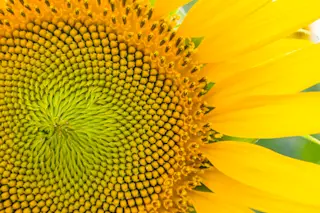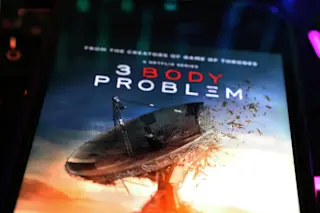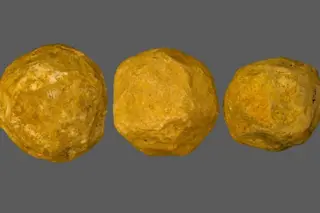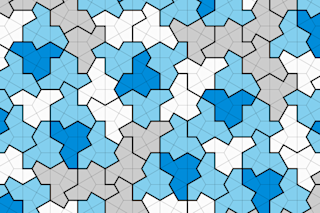On July 1, Emory University mathematician Hao Huang quietly proved a theorem — and the mathematics and computer science worlds roared. In an elegant argument, laid out over six pages, Huang unequivocally proved the sensitivity conjecture, a thorn in the side of computer scientists for decades.
The proof ignited the mathosphere. “Amazingly short and beautiful,” blogged Gil Kalai, a mathematician at the Hebrew University of Jerusalem. The proof “shows that people can still find simple proofs of deep, open questions,” says Cris Moore, a computer scientist and mathematician at the Santa Fe Institute.
A long line of thinkers over nearly 30 years have tangled with the problem. But until Huang came along, it remained a mathematical itch that no one could scratch — everyone knew where it was, but they just couldn’t reach it.
The conjecture relates to mathematical structures called Boolean functions, which convert multiple binary inputs — 0s ...















